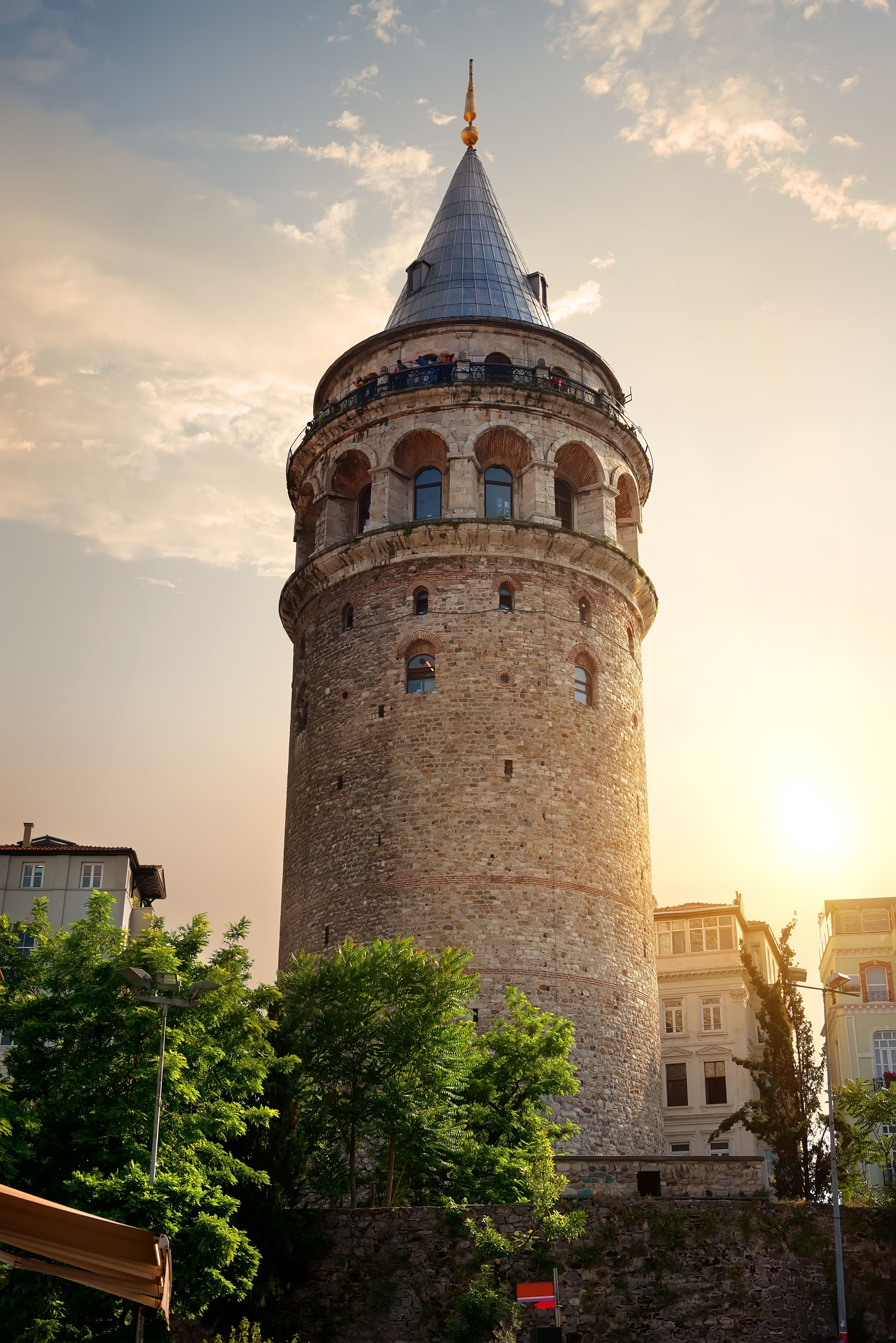Yerebatan Sarnici: The subterranean mistery of Istanbul
Yerebatan Sarnici, also known as the Basilica Cistern, is an impressive underground structure in Istanbul that has played a crucial role in the city’s water supply over the centuries.
It was built during the reign of Emperor Justinian I in the 6th century AD, in the period of the Byzantine Empire. At that time, Constantinople (modern-day Istanbul) was the capital of the Byzantine Empire and one of the largest and most prosperous cities in the world.
The original purpose of the construction of Yerebatan Sarnici was to provide drinking water to the city of Constantinople. The cistern was designed to store and distribute water from aqueducts that carried water from distant sources to the city. For centuries, Yerebatan Sarnici was a vital part of Constantinople’s water supply system, ensuring that the city had a constant and reliable supply of drinking water.
Yerebatan Sarnici is an impressive underground structure that exhibits remarkable architecture. The cistern has a rectangular shape and covers an area of approximately 9,800 square meters. It is estimated that it originally contained around 80,000 cubic meters of water.
The walls of the cistern are built of limestone blocks and bricks, which are joined together with lime mortar. The structure has 336 columns arranged in 12 rows of 28 columns each. These columns are Corinthian style and are believed to have been reused from ancient structures as some have slightly different sizes and styles. The columns are made of marble and have a height of approximately 9 meters.
The architectural design of Yerebatan Sarnici is impressive, with rows of columns stretching the length of the cistern, creating a mysterious and majestic atmosphere. The columns are arranged in pairs and support brick arches and cross brick vaults that form the roof. Light filters through small openings in the ceiling, adding a captivating visual effect to the atmosphere of the place.
The architecture and design of Yerebatan Sarnici reflects the skill and ingenuity of the Byzantine builders, and the beauty and grandeur of the structure continues to amaze visitors today.
Yerebatan Sarnici was supplied with water through a system of aqueducts that brought water from distant sources to the city of Constantinople. These aqueducts carried water to the cistern, where it was stored for later distribution to the city.
The hydraulic system of Yerebatan Sarnici included a series of channels and conduits that directed water to the cistern. The cistern was connected to the aqueducts through underground pipes, through which water flowed into the structure. It is estimated that the cistern could store enough water to supply the city during long periods of drought or sieges.
To maintain the level and quality of water in Yerebatan Sarnici, different techniques were used. One of them was the use of sand filters, which helped purify and clean the water before it was stored in the cistern. These filters eliminated impurities and sediments present in the water, improving its quality.
In addition, it is believed that measures were implemented to control the water level in the cistern. Systems of gates and valves were used to regulate the flow of water and maintain an adequate level within the cistern. In this way, it was ensured that there was enough water available to supply the city at different times and situations.
The hydraulic system and care in the water supply of Yerebatan Sarnici were essential to guarantee a constant and reliable supply of drinking water to the city of Constantinople.
The restoration and preservation of Yerebatan Sarnici has been a constant concern both in the past and today. Over the years, different efforts have been made to maintain and preserve this important historical structure.
In the past, during the Ottoman period, repairs and modifications were made to Yerebatan Sarnici to maintain its functionality and prevent possible damage. These efforts included the repair of columns and walls, as well as the restoration of decorative elements and hydraulic systems.
Today, the care and preservation of Yerebatan Sarnici remains a priority. Large-scale restoration projects have been implemented to maintain the structural integrity of the cistern and ensure its long-term conservation. These projects include restoring columns, cleaning and repairing walls, and improving drainage and ventilation systems.
In addition to physical restoration, measures have been implemented to protect Yerebatan Sarnici from damage caused by tourism and the weather. Regulations have been established to control the number of visitors and limit their impact on the structure. Regular monitoring is also carried out to identify possible problems and take preventive measures.
The restoration and preservation of Yerebatan Sarnici aims not only to maintain its beauty and historical value, but also to pass on its cultural significance to future generations.
Yerebatan Sarnici has important cultural significance. As a historic structure dating back to the Byzantine era, it represents an integral part of Istanbul’s cultural heritage. The cistern is prized for its architectural beauty and its connection to the city’s past.












